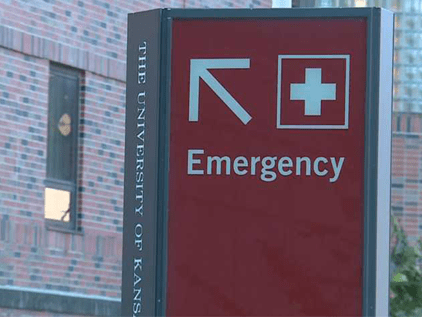Bell's Palsy Symptoms and Treatments
What is Bell's palsy?
Bell's palsy is a condition that causes the sudden onset weakness of muscles on one side of the face. This can cause difficulty eating, smiling and closing an eye. Some patients have associated pain with the condition as well as sensitivity to loud noises and altered taste sensation.
Bell’s palsy is considered idiopathic, which means it arises spontaneously without a known cause, but research points toward reactivation of a dormant virus (herpes simplex virus) as a possible cause. Symptoms may be similar to stroke or related conditions. If stroke is suspected, call 911 and seek immediate medical attention.
Bell's palsy symptoms and risks

Important
Bell's palsy should not be self-diagnosed; the most successful outcomes benefit from rapid intervention.
Symptoms are similar to stroke or related conditions. If you're experiencing symptoms, call 911 to seek immediate assistance.
Bell's palsy diagnosis and screening
Upon initial development of facial weakness or paralysis, it is important to seek medical care for evaluation to ensure a correct diagnosis. Sometimes further testing is warranted. If a diagnosis of Bell’s palsy is made, early treatment involves steroids and protection of the eye. There is some debate as to the utility of antiviral medications upon initial presentation.
By seeking immediate medical care, you can get an accurate diagnosis for the cause of facial paralysis and begin treatment, which may improve outcomes for complete recovery of facial function and movement.
Bell's palsy treatment
For those who do not have complete recovery following Bell’s palsy, facial paralysis care options may improve facial symmetry, function and sense of well-being. These include facial therapy with neuromuscular retraining as well as botulinum toxin (BOTOX) medicinal therapy.
For those with unmanageable symptoms, surgical options for treatment include various myectomies (DAO, DLI, buccinator) as well as selective neurectomy or selective neurolysis.




